This article serves as an extensive guide on how to properly top off the coolant in a 2019 Honda Odyssey, ensuring optimal performance and engine health. Maintaining the right coolant level is essential for your vehicle’s longevity and efficient operation.
Understanding the Importance of Coolant
Coolant is a vital fluid that helps regulate the engine’s temperature, preventing overheating and ensuring smooth operation. It circulates through the engine and radiator, absorbing heat and dissipating it through the radiator. A well-functioning cooling system is crucial for maintaining your vehicle’s performance and preventing potential engine damage. Regularly checking and topping off your coolant can help avoid costly repairs and extend the life of your Honda Odyssey.
Identifying the Right Coolant for Your Honda Odyssey
Choosing the correct coolant is essential for your vehicle’s health. The 2019 Honda Odyssey typically requires a specific formula that meets Honda’s standards. It is important to use manufacturer-recommended fluids, as using the wrong type can lead to corrosion and other issues. Always check your owner’s manual for the proper coolant specifications and consider purchasing coolant directly from a Honda dealership or an authorized retailer.
When to Check Your Coolant Levels
Knowing when to check your coolant levels can prevent engine damage. Regular checks should be part of your vehicle maintenance routine, especially before long trips or during extreme weather conditions. Indicators that it’s time to check your coolant include:
- Overheating engine temperature gauge
- Low coolant warning light on the dashboard
- Visible coolant leaks under the vehicle
- Steam or unusual smells from the engine
Tools Needed for Topping Off Coolant
Before starting the process, having the right tools is essential. You will need:
- Funnel
- Coolant (manufacturer-recommended)
- Gloves
- Safety goggles
Safety Precautions to Take Before Starting
Safety is paramount when working with vehicle fluids. Always allow your engine to cool down before checking or adding coolant to avoid burns. Wear gloves and safety goggles to protect yourself from splashes. Also, ensure that your vehicle is parked on a level surface to prevent spills.
Step-by-Step Guide to Topping Off Coolant
Follow these detailed steps to properly top off the coolant in your 2019 Honda Odyssey:
Step 1: Locate the Coolant Reservoir
Finding the coolant reservoir is the first step in the topping-off process. In the 2019 Honda Odyssey, the reservoir is typically located near the front of the engine bay, marked with a cap that may have a coolant symbol.
Step 2: Check Coolant Level
Before adding coolant, it’s crucial to check the current level. The reservoir usually has markings indicating the minimum and maximum levels. If the coolant is below the minimum mark, topping off is necessary.
Step 3: Prepare the Coolant
Proper preparation of the coolant is essential. If you are using a concentrated coolant, mix it with distilled water according to the manufacturer’s instructions. The right ratio is crucial for optimal performance.
Step 4: Add Coolant Safely
Add coolant carefully to avoid spills. Use a funnel to direct the flow into the reservoir. Fill it to the maximum mark, ensuring not to overfill, as this can cause pressure build-up in the cooling system.
Common Mistakes to Avoid When Topping Off Coolant
Avoiding common mistakes can save you from costly repairs. Some frequent errors include:
- Using the wrong type of coolant
- Overfilling the reservoir
- Neglecting to check for leaks after topping off
Signs of Coolant Leaks and Their Implications
Recognizing signs of coolant leaks is essential for vehicle maintenance. Symptoms include:
- Puddles of coolant under the vehicle
- Sweet smell of coolant
- Overheating engine
Addressing leaks promptly is crucial to prevent serious engine damage.
When to Seek Professional Help
Sometimes, topping off coolant may not be enough. If you notice persistent leaks, overheating, or if the coolant level drops rapidly, it’s crucial to consult a professional mechanic for further assistance.
Maintaining Your Honda Odyssey’s Cooling System
Regular maintenance of the cooling system is vital for vehicle longevity. Tips include:
- Regularly check coolant levels
- Flush the cooling system as recommended by the manufacturer
- Inspect hoses and connections for wear and tear
By following these guidelines, you can help ensure that your 2019 Honda Odyssey remains in peak condition.
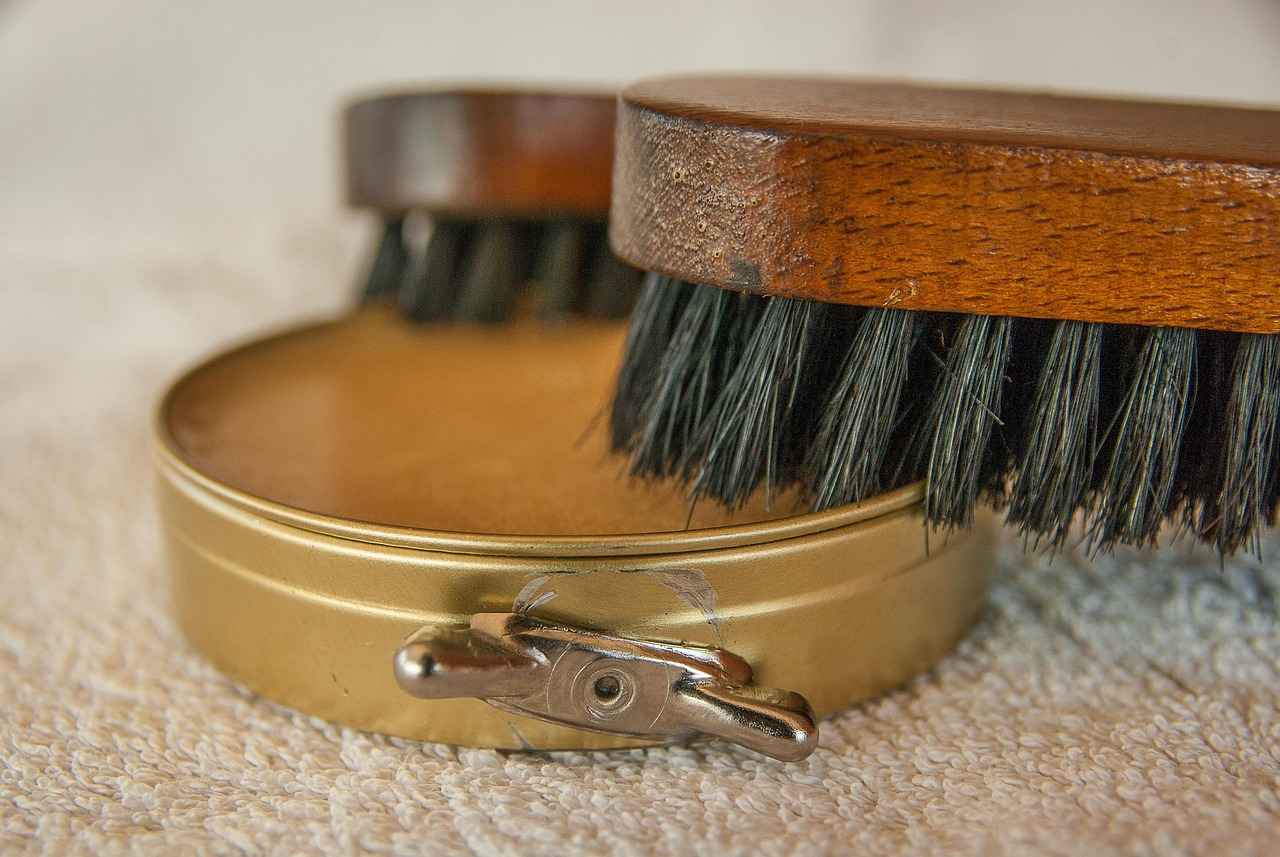
Understanding the Importance of Coolant
Coolant is an essential fluid in your vehicle’s engine, playing a pivotal role in maintaining optimal operating temperatures. Its primary function is to absorb heat generated during combustion and transfer it away from the engine components. This process is vital in preventing overheating, which can lead to severe engine damage and costly repairs.
The engine operates at high temperatures, and without adequate coolant, the risk of overheating increases significantly. Overheating can cause warping of engine components, such as the cylinder head, and may lead to a blown head gasket. Therefore, understanding the importance of coolant is crucial for every vehicle owner.
Moreover, coolant also serves as a corrosion inhibitor. It contains additives that prevent rust and scale build-up within the cooling system. This is particularly important in modern engines, where the cooling system is made from various metals that can corrode over time. By using the right coolant, you ensure that your engine remains protected from potential damage caused by corrosion.
Another critical aspect of coolant is its ability to function in extreme temperatures. Coolants are formulated to remain effective in both hot and cold conditions, ensuring that your engine remains at a stable temperature regardless of the external environment. This temperature regulation is essential not only for performance but also for fuel efficiency. An engine that operates within the ideal temperature range can achieve better fuel economy and lower emissions.
In addition to these functions, maintaining the correct coolant level is vital. A low coolant level can lead to engine overheating and increased wear and tear. Regularly checking your coolant levels and topping them off as necessary can help prevent these issues. It is also important to use the manufacturer-recommended coolant type, as different vehicles may require specific formulations to ensure optimal performance.
In summary, coolant is not just a simple fluid; it is a critical component that ensures your engine operates efficiently and reliably. By understanding its importance, you can take proactive steps to maintain your vehicle’s cooling system, ultimately extending its lifespan and enhancing its performance.

Identifying the Right Coolant for Your Honda Odyssey
Choosing the correct coolant is vital for the health and performance of your vehicle. The right coolant not only prevents overheating but also protects the engine from corrosion and wear. For the 2019 Honda Odyssey, understanding the types of coolant available and adhering to manufacturer recommendations is crucial.
There are generally two types of coolant: inorganic acid technology (IAT) and organic acid technology (OAT). The 2019 Honda Odyssey requires OAT coolant, which is designed to last longer and provide superior protection against rust and corrosion. Using IAT coolant can lead to premature engine wear and cooling system failures.
When selecting coolant, it’s essential to consider the following:
- Manufacturer Recommendations: Always refer to the owner’s manual for specific coolant recommendations. Honda typically recommends its own brand of coolant, which is formulated to meet the specific needs of its engines.
- Color and Composition: Coolants come in various colors, including green, orange, and blue. The color often indicates the type of additives used. For the Honda Odyssey, look for a red or pink coolant, which signifies OAT technology.
- Mixing Different Types: Avoid mixing different types of coolant, as this can lead to chemical reactions that reduce effectiveness. Stick to the same type and brand as what is currently in your system.
Using manufacturer-recommended fluids is not just a suggestion; it is a critical practice that ensures your vehicle operates efficiently. The right coolant helps maintain optimal engine temperature, preventing overheating during long drives or hot weather.
Additionally, using the correct coolant can extend the life of your vehicle’s cooling system components, such as the radiator and water pump. This can save you from costly repairs and replacements in the long run.
In summary, identifying the right coolant for your Honda Odyssey involves understanding the types available, adhering to manufacturer recommendations, and ensuring you use the correct mixture. By doing so, you can significantly enhance your vehicle’s performance and longevity.

When to Check Your Coolant Levels
Knowing when to check your coolant levels is crucial for maintaining your vehicle’s engine health. Coolant, or antifreeze, is essential for regulating the engine’s temperature and preventing overheating. Regular checks can help you avoid serious engine damage and costly repairs. Here are some key indicators and circumstances that signal the need for a coolant level check:
- Temperature Gauge Readings: Always monitor your vehicle’s temperature gauge. If it consistently runs hotter than normal, it may indicate low coolant levels.
- Warning Lights: Pay attention to any dashboard warning lights related to the engine temperature or coolant levels. These alerts are designed to notify you of potential issues.
- Visible Leaks: Inspect the ground where you park your vehicle. If you notice green, orange, or pink fluid, it could be a sign of a coolant leak. This requires immediate attention.
- Steam from the Engine: If you see steam rising from under the hood, it may indicate that the engine is overheating due to low coolant levels. Stop the vehicle safely and allow it to cool down.
- Unusual Engine Noises: Listen for any unusual sounds from the engine, such as knocking or pinging. These noises can signify overheating, often linked to insufficient coolant.
- Regular Maintenance Schedule: It is advisable to check your coolant levels regularly as part of your vehicle’s maintenance routine, typically during oil changes.
In addition to these indicators, certain circumstances warrant a coolant level check. For instance, if you are planning a long trip, it’s wise to inspect the coolant levels beforehand to ensure your vehicle can handle extended driving without overheating. Similarly, after any significant weather changes, such as transitioning into colder months, checking the coolant is essential to prevent freezing.
Finally, if you have recently serviced your vehicle or had any repairs done that involve the cooling system, it’s a good idea to verify the coolant levels. Changes in the system can lead to leaks or improper refilling, which may compromise performance.
By keeping an eye on these indicators and circumstances, you can significantly reduce the risk of engine damage and ensure your vehicle runs smoothly. Regular coolant checks are a small yet vital part of vehicle maintenance that can save you from larger, more costly issues down the road.
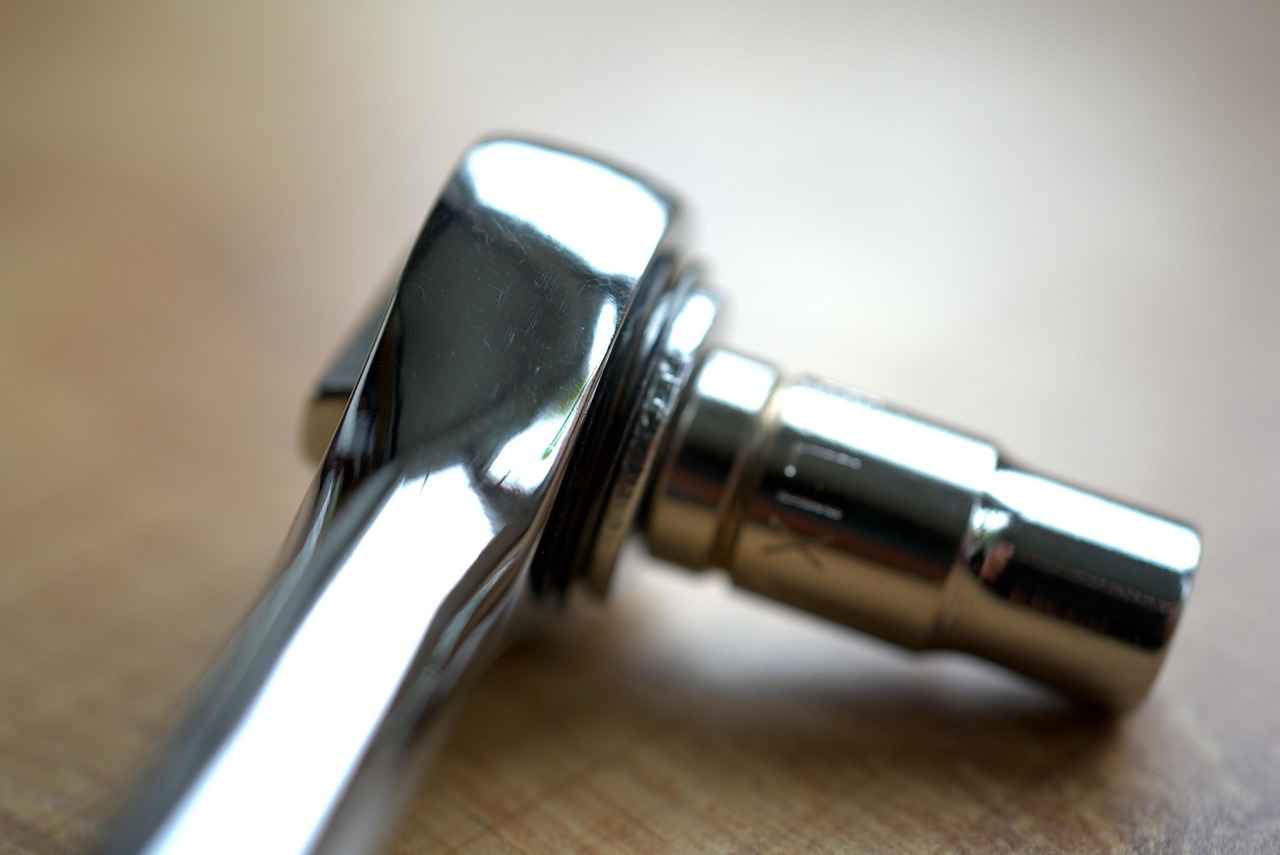
Tools Needed for Topping Off Coolant
When it comes to maintaining your vehicle, ensuring that the coolant levels are optimal is crucial for the health of your engine. Before diving into the process of topping off the coolant in your Honda Odyssey, it is essential to gather the correct tools and materials. This preparation not only facilitates a smoother process but also enhances safety and effectiveness.
Before you begin, here is a list of the necessary tools and materials you will need:
- Coolant: Make sure to use the recommended coolant type for your 2019 Honda Odyssey. Refer to your owner’s manual for specific recommendations.
- Funnel: A funnel will help you pour the coolant into the reservoir without spilling it, which can be messy and harmful.
- Gloves: Wearing gloves will protect your hands from any chemicals in the coolant and keep them clean.
- Safety Glasses: Protect your eyes from any splashes while handling the coolant.
- Rags or Towels: These are useful for cleaning up any spills and ensuring the area around the coolant reservoir remains tidy.
- Coolant Tester: If you want to check the concentration and effectiveness of your coolant, a coolant tester can be very helpful.
- Vehicle Owner’s Manual: Always keep your owner’s manual handy for reference regarding the specifications of the coolant and the topping-off procedure.
Having these tools ready will not only make the process easier but also ensure that you are performing the task safely. It is crucial to avoid using any random coolant that is not specified for your vehicle, as this can lead to engine damage over time.
Once you have gathered all the necessary tools, you are well on your way to effectively topping off the coolant in your Honda Odyssey. Remember, taking the time to prepare adequately will save you from potential issues and enhance your vehicle’s performance.

Safety Precautions to Take Before Starting
When it comes to working with vehicle fluids, particularly coolant, ensuring your safety should always take precedence. Coolant plays a vital role in maintaining your engine’s temperature, but mishandling it can lead to serious accidents or health issues. Here are some essential safety tips to follow before attempting to top off the coolant in your Honda Odyssey:
- Allow the Engine to Cool: Always wait for your engine to cool down before opening the coolant reservoir. Hot coolant can cause severe burns, and the pressure built up in the system can lead to unexpected splashes.
- Wear Protective Gear: Equip yourself with safety goggles and gloves. This will protect your eyes and skin from any accidental spills or splashes that could occur during the process.
- Work in a Well-Ventilated Area: Ensure you are working in a space with adequate ventilation. This is particularly important if you are using any chemical additives or if the coolant has a strong odor.
- Use the Right Tools: Have the necessary tools readily available, such as a funnel and a rag. This will minimize the risk of spills and make the process smoother.
- Check for Leaks: Before adding coolant, inspect the area around the reservoir and hoses for any signs of leaks. If you notice any issues, it may be best to consult a professional before proceeding.
- Keep Coolant Out of Reach: Store coolant in a secure place, away from children and pets. Coolant can be toxic, and ingestion can lead to serious health problems.
- Know the Correct Coolant Type: Familiarize yourself with the type of coolant recommended for your Honda Odyssey. Using the wrong type can lead to engine damage and safety hazards.
- Read the Owner’s Manual: Refer to your vehicle’s owner manual for specific instructions and safety guidelines related to coolant maintenance. This will provide you with tailored advice for your Honda Odyssey.
By following these safety precautions, you can significantly reduce the risk of accidents and ensure a safe environment while maintaining your vehicle. Remember, safety is not just about personal protection; it also involves being mindful of your surroundings and ensuring that the work area is tidy and free from hazards.
In summary, taking the time to prepare properly and follow safety guidelines will not only protect you but also enhance the overall efficiency and longevity of your Honda Odyssey’s cooling system.
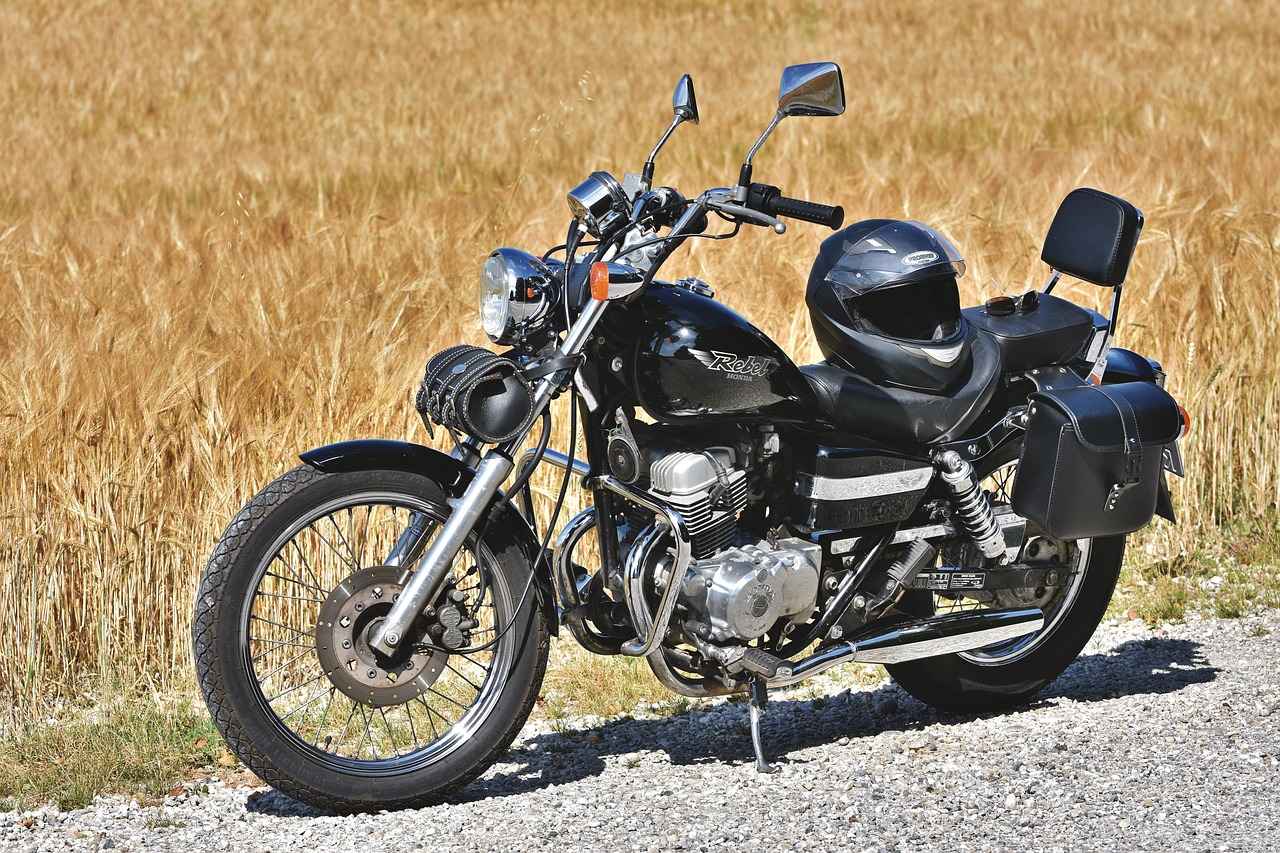
Step-by-Step Guide to Topping Off Coolant
This section presents a detailed, step-by-step guide on how to properly top off the coolant in your 2019 Honda Odyssey, ensuring you follow each instruction carefully for optimal results.
Topping off the coolant in your 2019 Honda Odyssey is a straightforward process that can help maintain your engine’s performance and longevity. Following these steps will ensure that you do it safely and effectively.
- Locate the Coolant Reservoir: The first step is to find the coolant reservoir, which is typically a translucent plastic tank located near the engine. Look for a cap labeled with a coolant symbol or the word “coolant.” Ensure the engine is cool before proceeding to avoid burns.
- Check Coolant Level: Before adding any coolant, check the current level. The reservoir will have markings indicating the minimum and maximum levels. If the coolant is below the minimum mark, it is time to top it off.
- Prepare the Coolant: If you need to mix coolant, follow the manufacturer’s recommendations for the correct ratio of coolant to water. Typically, a 50/50 mix is ideal for most climates. Ensure you use the type of coolant specified in your owner’s manual to avoid any compatibility issues.
- Add Coolant Safely: Open the reservoir cap slowly, allowing any built-up pressure to escape. Use a funnel to pour the coolant into the reservoir to prevent spills. Fill until the level reaches the maximum mark, but avoid overfilling, as this can cause leaks or pressure issues.
- Check for Leaks: After topping off, inspect the area around the reservoir and under the vehicle for any signs of leaks. If you notice any fluid pooling, it may indicate a leak that requires further investigation.
- Replace the Cap Securely: Once you’ve added the coolant, securely replace the cap on the reservoir. Ensure it clicks into place to prevent any coolant from spilling out during operation.
- Run the Engine: Start the engine and let it run for a few minutes. This allows the coolant to circulate through the system. Keep an eye on the temperature gauge to ensure the engine is not overheating.
- Recheck Coolant Level: After running the engine, recheck the coolant level in the reservoir. If it has dropped significantly, you may need to add more coolant or check for leaks.
By following these steps, you can effectively top off the coolant in your 2019 Honda Odyssey, ensuring that your vehicle’s cooling system operates efficiently. Regularly checking and maintaining the coolant level is essential for preventing overheating and prolonging the life of your engine.
Step 1: Locate the Coolant Reservoir
Finding the coolant reservoir is an essential first step in the process of topping off coolant in your 2019 Honda Odyssey. The coolant reservoir is a vital component of your vehicle’s cooling system, designed to hold excess coolant that helps regulate engine temperature. Knowing its location can save you time and ensure that you can perform this task efficiently whenever necessary.
To locate the coolant reservoir in your Honda Odyssey, follow these simple steps:
- Open the Hood: Start by ensuring your vehicle is parked on a level surface. Once you are inside the vehicle, locate the hood release lever, usually found on the driver’s side under the dashboard. Pull the lever to release the hood latch.
- Secure the Hood: After releasing the hood, walk to the front of the vehicle and lift the hood. Use the hood prop rod to secure it in an upright position, ensuring you have a clear view of the engine compartment.
- Identify the Reservoir: The coolant reservoir is typically a translucent plastic tank located near the engine. In the Honda Odyssey, it is usually situated on the driver’s side, close to the windshield. Look for a tank with a cap that may have a symbol of a thermometer or the word “coolant” on it.
Once you have located the reservoir, take a moment to inspect it. The tank should have markings on the side indicating the minimum and maximum levels of coolant. It’s essential to familiarize yourself with these markings, as they will guide you in determining whether you need to add more coolant.
Additionally, check the condition of the coolant itself. It should be a bright color, typically green, orange, or pink, depending on the type of coolant used. If you notice any discoloration or debris in the coolant, it may indicate a need for a full coolant flush rather than just a top-off.
In summary, locating the coolant reservoir is a straightforward but crucial step in maintaining your Honda Odyssey’s cooling system. By following the steps outlined above, you can quickly find the reservoir and prepare for the next steps in topping off your coolant. Always remember to handle the coolant with care, as it can be hazardous if spilled or mishandled.
Step 2: Check Coolant Level
Before proceeding to add coolant to your 2019 Honda Odyssey, it is essential to accurately assess the current coolant level. This step is critical in ensuring that you only top off when necessary, thus avoiding overfilling and potential engine issues.
To begin, ensure that your vehicle is parked on a level surface. This will provide a more accurate reading of the coolant level. Open the hood and locate the coolant reservoir, which is typically a translucent plastic tank situated near the engine. The reservoir will have markings indicating the minimum and maximum levels of coolant.
- Visual Inspection: Look through the reservoir to see the coolant level. If the coolant reaches or falls below the minimum line, it is time to top off. If the level is above the maximum line, this could indicate overfilling or a potential leak.
- Temperature Consideration: Always check the coolant level when the engine is cold. Checking when the engine is hot can lead to inaccurate readings and potential burns from hot coolant or steam.
- Color and Condition: While checking the level, also assess the color and clarity of the coolant. It should be a bright color (usually green, orange, or pink depending on the type) and clear. If it appears murky or has particles floating in it, consider flushing the system.
If you find that the coolant is low, it is crucial to determine why this is the case. A sudden drop in coolant level can indicate a leak in the system or that the engine is consuming coolant due to other issues. Regularly checking the coolant level can help you catch these problems early.
In summary, checking the coolant level is a straightforward process that can save you from significant engine problems down the line. By ensuring that the coolant is at the appropriate level, you help maintain your vehicle’s optimal performance and longevity.
Step 3: Prepare the Coolant
In the process of maintaining your 2019 Honda Odyssey, proper preparation of the coolant is a critical step that should not be overlooked. This section delves into the specifics of how to prepare the coolant mixture when necessary and emphasizes the significance of adhering to the correct ratios for optimal performance.
Coolant, also known as antifreeze, is a mixture of water and chemical additives that help regulate engine temperature and prevent overheating. To ensure that your vehicle operates efficiently, it’s essential to prepare the coolant correctly. Here’s how to do it:
- Gather the Necessary Materials: Before starting, ensure you have the right type of coolant recommended by the manufacturer. For the 2019 Honda Odyssey, it is advisable to use a 50/50 mixture of antifreeze and distilled water.
- Check the Coolant Type: Different vehicles may require specific types of coolant. Always refer to your owner’s manual to confirm the compatible coolant for your Honda Odyssey. Using the wrong type can lead to corrosion and other engine issues.
- Mixing the Coolant: If you need to prepare a coolant mixture, measure equal parts of antifreeze and distilled water. For example, if you are preparing one liter of coolant, mix 500ml of antifreeze with 500ml of distilled water. This 50/50 ratio ensures that the coolant performs effectively across a range of temperatures.
- Stir Well: Once mixed, stir the solution thoroughly to ensure that the antifreeze is evenly distributed throughout the water.
The importance of using the right coolant mixture cannot be overstated. An incorrect ratio may lead to a variety of problems, including:
- Overheating: Too much water in the mixture can reduce the boiling point of the coolant, making it less effective at regulating engine temperature.
- Corrosion: Using an improper mixture can lead to corrosion of engine components, as the additives in antifreeze are designed to protect against rust and other forms of wear and tear.
- Freezing: Conversely, too much antifreeze can raise the freezing point, increasing the risk of coolant freezing in extremely low temperatures, which can cause severe engine damage.
In summary, preparing the coolant mixture correctly is vital for maintaining the health of your Honda Odyssey’s engine. By following the steps outlined above and ensuring you use the appropriate ratios, you can help prevent overheating and engine damage, ensuring your vehicle runs smoothly.
Step 4: Add Coolant Safely
Adding coolant to your vehicle’s reservoir is a critical task that requires care and precision to ensure optimal engine performance. In this section, we will outline the correct method for adding coolant to your 2019 Honda Odyssey while minimizing the risk of spills and overfilling.
- Gather Your Materials: Before you begin, ensure you have the correct type of coolant as specified in your owner’s manual. You will also need a funnel, a clean cloth, and safety gloves.
- Check Temperature: Always make sure your engine is cool before opening the coolant reservoir. Opening it while the engine is hot can lead to serious burns from steam or hot coolant.
Once you have ensured that the engine is cool, follow these steps:
- Locate the Coolant Reservoir: The coolant reservoir is typically a translucent plastic tank located near the radiator. It usually has markings indicating the minimum and maximum levels of coolant.
- Clean the Area: Wipe the area around the coolant reservoir cap with a clean cloth to prevent any dirt or debris from entering the system when you open it.
- Open the Reservoir Cap: Carefully twist the cap counterclockwise to open it. You may hear a slight hiss as pressure is released. Always open the cap slowly.
- Use a Funnel: To prevent spills, insert a funnel into the reservoir opening. This will help direct the flow of coolant and keep your engine bay clean.
- Add Coolant: Slowly pour the coolant into the reservoir until it reaches the maximum level indicator. Avoid overfilling as this can lead to overflow and potential engine damage.
After adding the coolant, it is essential to:
- Replace the Cap: Securely twist the reservoir cap back on, ensuring it is tightly closed to prevent leaks.
- Clean Up Spills: If any coolant spills during the process, promptly clean it up with a cloth. Coolant can be hazardous to pets and the environment, so proper disposal is crucial.
- Check for Leaks: After adding coolant, start your engine and let it run for a few minutes. Check under the vehicle for any signs of leakage.
By following these steps, you can safely add coolant to your Honda Odyssey without the risk of spills or overfilling. Regular maintenance of your vehicle’s cooling system is essential for its longevity and performance.
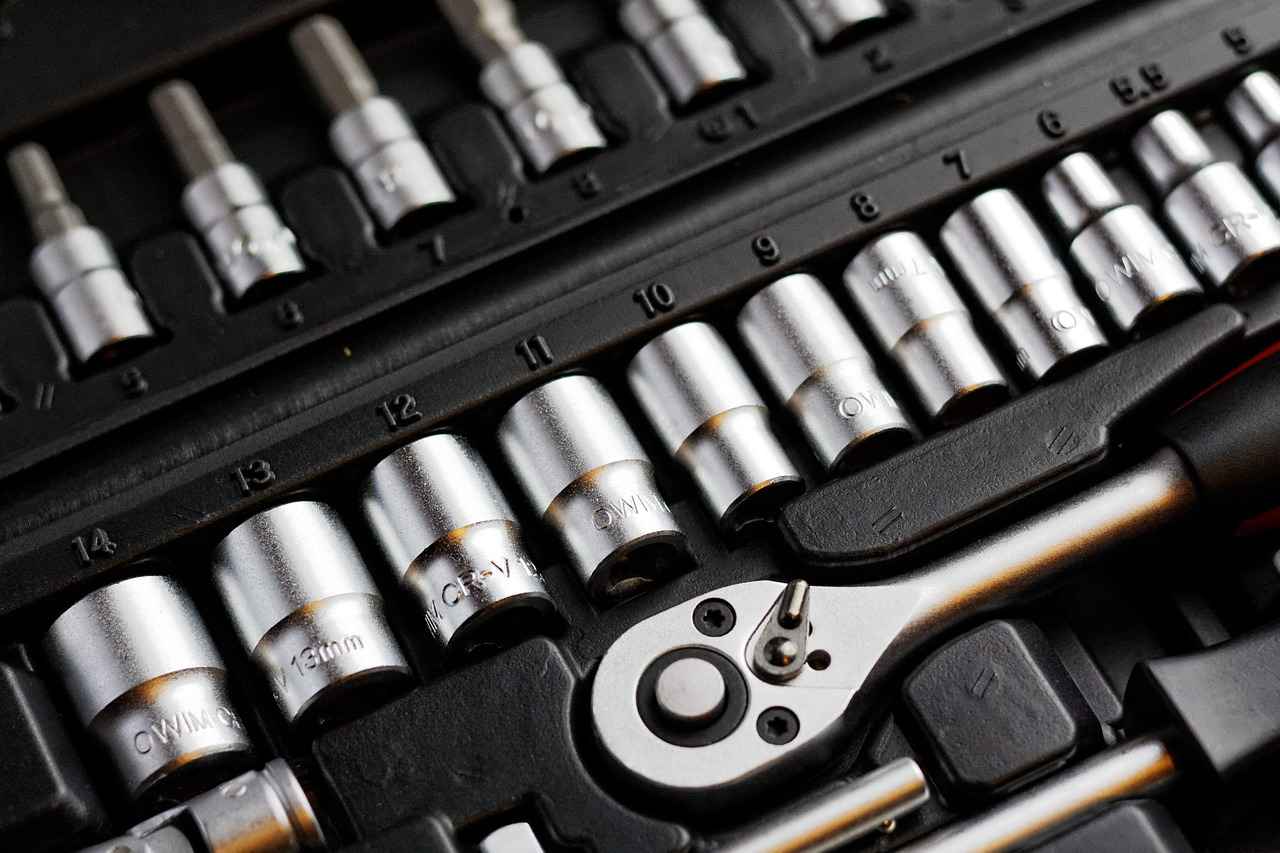
Common Mistakes to Avoid When Topping Off Coolant
Topping off the coolant in your vehicle is a straightforward task, but even simple procedures can lead to significant issues if not done correctly. Avoiding common mistakes can save you from costly repairs and ensure the longevity of your engine. Here are some frequent errors and tips on how to prevent them:
- Using the Wrong Coolant: One of the most common mistakes is using an incorrect type of coolant. Always refer to your owner’s manual for the manufacturer-recommended coolant type. Using the wrong coolant can lead to corrosion and damage to the engine.
- Neglecting to Check the Level: Before adding coolant, it’s essential to check the current level. Failing to do so may result in overfilling, which can cause leaks and other issues. Ensure you look at the markings on the coolant reservoir to assess the level accurately.
- Adding Coolant to a Hot Engine: Adding coolant to a hot engine can be dangerous. The pressure in the cooling system can cause hot coolant to spray out, leading to burns. Always allow the engine to cool down before attempting to top off the coolant.
- Not Securing the Cap: After topping off the coolant, ensure the reservoir cap is securely fastened. A loose cap can lead to coolant leaks and affect the system’s pressure, potentially causing overheating.
- Ignoring Signs of Leaks: If you find yourself frequently topping off coolant, it may indicate a leak. Ignoring this issue can lead to severe engine problems. Always inspect for leaks and address them promptly.
- Overfilling the Reservoir: While it may seem harmless, overfilling the coolant reservoir can create excessive pressure in the cooling system. This can lead to leaks or even a blown head gasket. Always adhere to the recommended levels.
- Failing to Use a Funnel: When adding coolant, using a funnel can help prevent spills. Spilled coolant can damage your vehicle’s paint and create a hazardous environment. Always use a funnel for precision.
By being aware of these common mistakes and taking the necessary precautions, you can ensure that topping off your coolant is a safe and effective process. Regular maintenance and attention to detail will not only help in avoiding costly repairs but also contribute to the overall health of your vehicle’s engine. Remember, a little caution goes a long way in maintaining your Honda Odyssey’s performance and reliability.
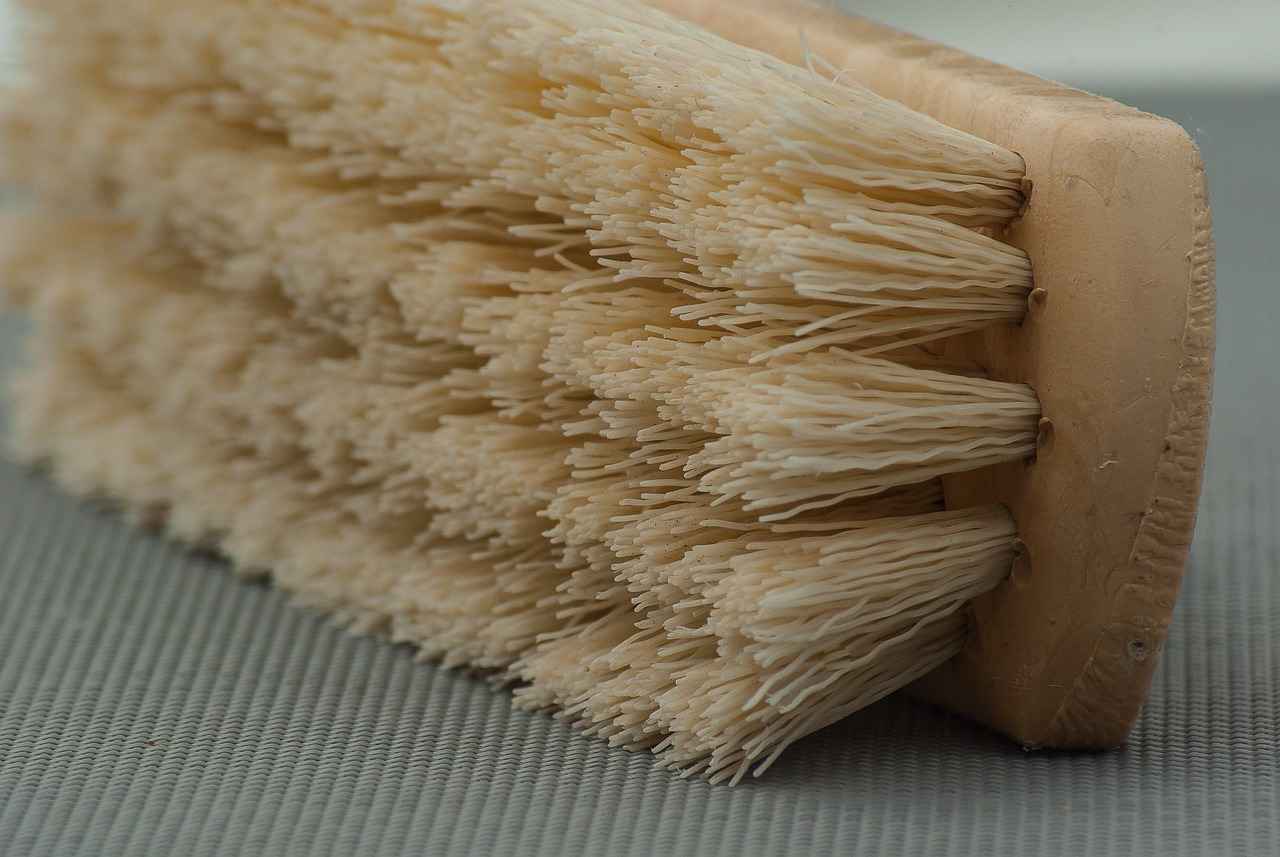
Signs of Coolant Leaks and Their Implications
Recognizing the signs of coolant leaks is a vital aspect of maintaining your Honda Odyssey. Not only can a leak lead to overheating, but it can also cause severe engine damage if left unaddressed. Understanding the symptoms and implications of coolant leaks can help you take timely action and avoid costly repairs.
- Visible Puddles or Spots: One of the most apparent signs of a coolant leak is the presence of bright green, orange, or pink puddles under your vehicle. If you notice these colored spots, it’s crucial to investigate further.
- Overheating Engine: If your engine temperature gauge frequently rises into the red zone, it may indicate that your coolant levels are low due to a leak. Overheating can lead to significant engine damage, so it’s essential to address this issue immediately.
- Sweet Smell: Coolant has a distinct sweet smell. If you detect this odor while driving or near your vehicle, it could mean that coolant is leaking from the system.
- Low Coolant Levels: Regularly checking your coolant levels is essential. If you find that you need to top off your coolant more frequently than usual, it could signal a leak in the system.
- Steam from the Engine: If you see steam rising from the hood of your Odyssey, it may be due to coolant leaking onto hot engine parts, causing it to evaporate. This is a serious issue that requires immediate attention.
The implications of coolant leaks can be severe. If left unchecked, a leak can lead to:
- Engine Overheating: Continuous overheating can warp engine components, leading to costly repairs or even engine replacement.
- Head Gasket Failure: A significant coolant leak can cause the head gasket to fail, resulting in coolant mixing with engine oil and leading to further damage.
- Corrosion: Coolant leaks can lead to corrosion in the cooling system, which may result in the need for extensive repairs.
- Environmental Hazards: Leaking coolant can pose environmental risks, as it can contaminate soil and water sources.
In summary, being vigilant about the signs of coolant leaks can save you from significant headaches down the road. Regular maintenance and prompt action can ensure the longevity and performance of your Honda Odyssey, keeping it in optimal condition for years to come.
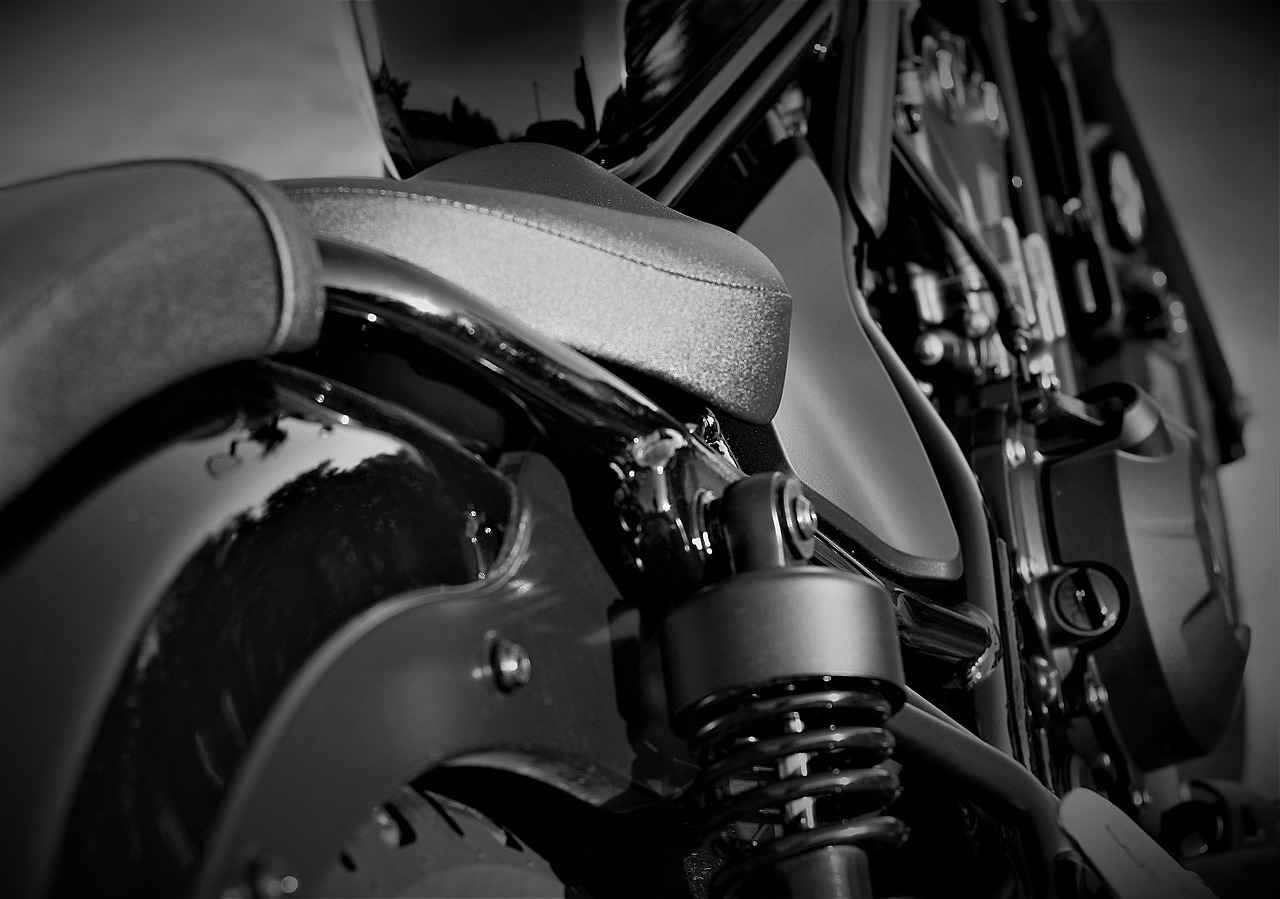
When to Seek Professional Help
When it comes to maintaining your vehicle, understanding when to seek professional help is essential for ensuring the longevity and performance of your 2019 Honda Odyssey. While topping off coolant can be a straightforward task, there are specific situations where consulting a professional mechanic is not just advisable but necessary.
One of the most critical indicators that you should seek professional assistance is the presence of persistent coolant leaks. If you notice coolant pooling under your vehicle or a drop in coolant levels despite regular top-offs, it may indicate a more serious issue, such as a damaged radiator or a leaking hose. Ignoring these signs can lead to severe engine damage, which can be costly to repair.
Overheating is another crucial reason to consult a professional. If your vehicle’s temperature gauge consistently rises above the normal range, it may signal that the cooling system is not functioning correctly. This could be due to a faulty thermostat, a malfunctioning water pump, or even a clogged radiator. A professional mechanic can diagnose the root cause and provide an effective solution, preventing further damage to your engine.
While topping off coolant is a simple task, some issues require specialized knowledge and tools. For instance, if your Honda Odyssey’s cooling system needs a flush or if there are signs of contamination in the coolant, it’s time to bring in the experts. A mechanic can perform a thorough inspection and determine whether the entire cooling system needs to be cleaned or repaired.
Unusual noises, such as hissing or bubbling sounds from the engine, can indicate a problem with the cooling system. Similarly, a sweet smell resembling syrup can signal coolant leaks. In these situations, it’s best to consult a professional who can accurately diagnose the issue and recommend appropriate repairs.
Even if you are diligent about topping off your coolant, regular maintenance checks by a professional can help catch potential problems before they escalate. Mechanics can provide a detailed inspection of the entire cooling system, ensuring that everything is functioning optimally. This proactive approach can save you from more significant issues down the line.
In summary, while topping off coolant is a necessary part of vehicle maintenance, certain situations require the expertise of a professional mechanic. Recognizing signs of serious issues, understanding overheating problems, addressing complex repairs, and noting unusual noises or smells are all indicators that it’s time to seek help. Regular maintenance checks can also play a crucial role in keeping your Honda Odyssey running smoothly. Remember, timely intervention can save you from costly repairs and ensure the longevity of your vehicle.

Maintaining Your Honda Odyssey’s Cooling System
Regular maintenance of the cooling system is vital for vehicle longevity. The cooling system in your 2019 Honda Odyssey plays a crucial role in ensuring that the engine operates at an optimal temperature. A well-maintained cooling system not only enhances performance but also prevents costly repairs down the line. Below are practical tips to effectively maintain your Honda Odyssey’s cooling system.
- Regular Coolant Checks: It is essential to check the coolant level regularly. Ideally, this should be done every month or before long trips. Ensure that the coolant is at the recommended level, as low coolant can lead to overheating.
- Use the Right Coolant: Always use the manufacturer-recommended coolant for your Honda Odyssey. Using the wrong type can lead to corrosion and damage to the engine. Refer to your owner’s manual for the correct specifications.
- Inspect for Leaks: Regularly check for signs of coolant leaks. Look for puddles under the vehicle or wet spots around the radiator and hoses. Early detection can prevent more serious issues.
- Flush the Cooling System: It is advisable to flush the cooling system every 30,000 miles or as recommended by your mechanic. Flushing removes contaminants and old coolant, ensuring that the system operates efficiently.
- Check the Radiator: Inspect the radiator for any signs of damage or corrosion. Ensure that the fins are clean and unobstructed, as this helps in effective heat dissipation.
- Monitor Engine Temperature: Keep an eye on the engine temperature gauge. If it consistently runs hotter than normal, it may indicate a problem with the cooling system that needs immediate attention.
- Replace the Thermostat: If you notice fluctuations in temperature readings, consider replacing the thermostat. A faulty thermostat can cause overheating or prevent the engine from reaching its optimal operating temperature.
By following these maintenance tips, you can ensure that your Honda Odyssey’s cooling system remains in excellent condition. Regular checks and maintenance not only prolong the life of the vehicle but also enhance safety and performance. If you are unsure about any maintenance tasks, consult a professional mechanic for assistance.
Frequently Asked Questions
- How often should I check my coolant levels?
It’s a good practice to check your coolant levels at least once a month, especially before long trips. Keeping an eye on your levels can help prevent overheating and costly repairs.
- What type of coolant should I use for my 2019 Honda Odyssey?
For your Honda Odyssey, it’s crucial to use the manufacturer-recommended coolant, which is typically a specific type of antifreeze. Always check your owner’s manual for the exact specifications.
- Can I mix different types of coolant?
No, mixing different types of coolant can lead to chemical reactions that might damage your engine. Stick to the recommended coolant for your vehicle to ensure optimal performance.
- What are the signs of a coolant leak?
Look for puddles of coolant under your vehicle, a sweet smell, or a dashboard warning light. If you notice any of these signs, it’s best to get your vehicle checked immediately.
- Is it safe to add coolant when the engine is hot?
No, adding coolant to a hot engine can be dangerous and may cause burns. Always wait for the engine to cool down before checking or adding coolant.


